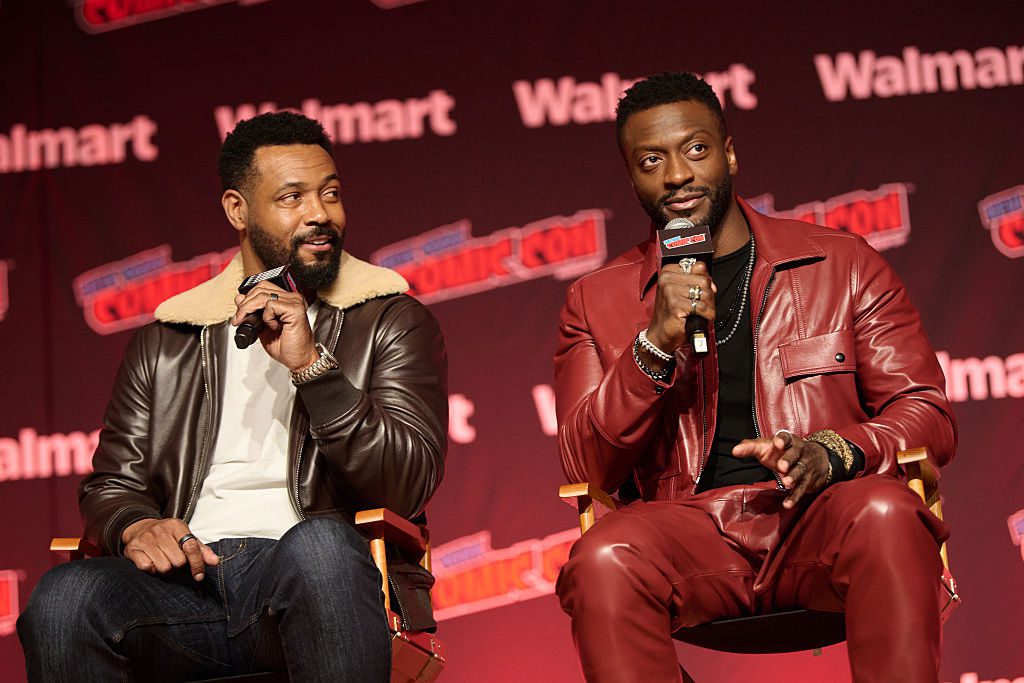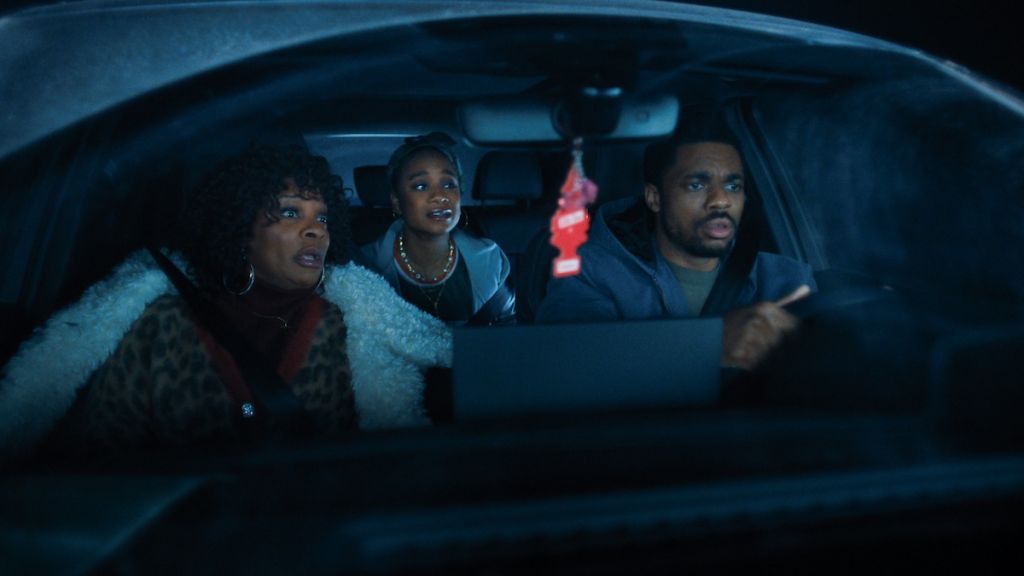Source: picture alliance / Getty
Fans celebrated the 40th anniversary of The NeverEnding Story by sharing their favorite memories and reactions online. The 1984 film was one of the most expensive films produced at the time and grossed double its’ cost. Read more fun facts about the film inside.
The NeverEnding Story was first released in Germany on April 6, 1984 and later debuted in the United States on July 20, 1984. The film follows Bastian (Barret Oliver), who ducks into a bookstore to avoid bullies on his way to school. Sneaking away with a book called “The Neverending Story,” Bastian begins reading it in the school attic. The novel is about Fantasia, a fantasy land threatened by “The Nothing,” a darkness that destroys everything it touches. The kingdom needs the help of a human child to survive. When Bastian reads a description of himself in the book, he begins to wonder if Fantasia is real and needs him to survive.
The film directed by Wolfgang Pertersen was based upon German author Michael Ende’s fantasy novel Die unendliche Geschichte (The NeverEnding Story), which was published in 1979. The first English translation, by Ralph Manheim, was published in 1983. It was later adapted into the film series most fans recognize today. Though Ende was not pleased with the final result of the film, it went on to do very well across Germany and in the States.
To celebrate the film’s anniversary, check out some fun facts about The NeverEnding Story below:
Big Budget Film
With a budget of 50 million Deutsche Mark (about $27,000,000), this was the most expensive film ever produced in Germany at the time. At the time of its release it was the most expensive film produced outside the United States and the Soviet Union.
Inspiring Landmarks
A life-sized prop of Falcor resides at the Bavaria Filmpark Munich, Germany. It is a popular spot for fans, especially because they can climb his back and take photos with him.
Is That Fungi?
The makeup team on the movie tried to paint Noah Hathaway green, just as Atreyu is in the book. “It wasn’t believable. I looked like fungi!” Hathaway said.
Massive Figures
Falkor is actually a 43-foot long motorized creature with 6,000 plastic scales and pink feather-fur. His head is three feet tall and long and has a long tongue in the mouth.
Michael Wasn’t Pleased
Michael Ende, the author of the book, was initially very enthusiastic that his book was going to be turned into a film, and he also worked with Wolfgang Petersen as a script advisor. However, during production, he strongly disagreed with how the film deviated from the source material, and he demanded his name to be removed from the opening credits (he is still mentioned in the ending credits). Ende later requested a change of the film’s title or that production halted altogether. After the studio declined both requests, he filed a lawsuit and ultimately lost.
Steven Spielberg’s Help
Steven Spielberg helped with editing and marketing of the film to get it prepared for the American market. He did it for his friend director Wolfgang Peterson.The original Auryn for this film now hangs in an enclosed glass display in Steven Spielberg’s office.
Horses Survived
Contrary to a rumor, the horse that played Artax did not really die during the filming of the Swamp of Sadness scene. Wolfgang Petersen confirmed that the horse survived. In fact, two identical horses were used for the scene, and they were professionally trained by a horse handler for months. While the scene was filmed, the crew would alternate between the two of them. Both horses remained unscathed. Petersen also expressed full understanding in the shocked reaction of the audience, and he also said that the sadness of the scene was necessary for the story and the character.
The horse that played Artax was given to Noah Hathaway after filming wrapped. However, due to the cost of transportation, need for quarantine, and neutering, the horse remained in Germany.
Rare Feat
Almost five million Germans watched the film during its initial release, a rare feat for a German production.
Tami’s Surprising Audition
“The Childlike Empress” was just child-“like.” She has existed for as long as there have been stories to tell. She was portrayed by Iranian born Israeli-American dancer Tami Stronach who was only 11 years old when the production started.
Tami Stronach was attending theatre classes in San Francisco when she got the audition to be The Childlike Empress. Her acting teacher was friends with the production executive and talent scout Anna Gross. Tami initially believed she was auditioning for a little play and had no idea it was to be for a major motion picture.
Hot Summer Filming
Most of the film was shot in Germany in the summer of 1983. It was Germany’s hottest summer in 25 years.
Noah Now
Noah Hathaway now owns and operates a tattoo parlor in Los Angeles, California with his wife.
Greek Mythology to the Dunes
In Greek mythology, Atreyus was the father of Agamemnon and Menalaus. His name is also the basis for House Atreides in the Dune series.
The Music
The German version does not feature the theme song, nor the techno-pop elements composed by Giorgio Moroder. It only features the orchestral score composed by Klaus Doldinger.
The title song was featured in the season three finale of “Stranger Things” (2016) when two of the young teen characters, who loved the movie, sang it to each other.
Tan Lines
When he was cast as Atreyu, Noah Hathaway’s skin was pale white and he was taken to a tan salon to darken his skin.
Adaptations That Didn’t Go
In 2009, Warner Bros., The Kennedy/Marshall Company and Leonardo DiCaprio’s Appian Way Productions were in the early stages of creating another adaptation of Ende’s novel. They intended to “examine the more nuanced details of the book” rather than remake the original film by Wolfgang Petersen. In 2011, producer Kathleen Kennedy said that problems securing the rights to the story may mean a second adaptation is “not meant to be”.
Legalities
The legal battle between author Michael Ende and the studio was one of the major reasons why production for The NeverEnding Story II: The Next Chapter (1990) didn’t start earlier. By the time production started, all of the main actors had outgrown their roles and needed to be recast.







